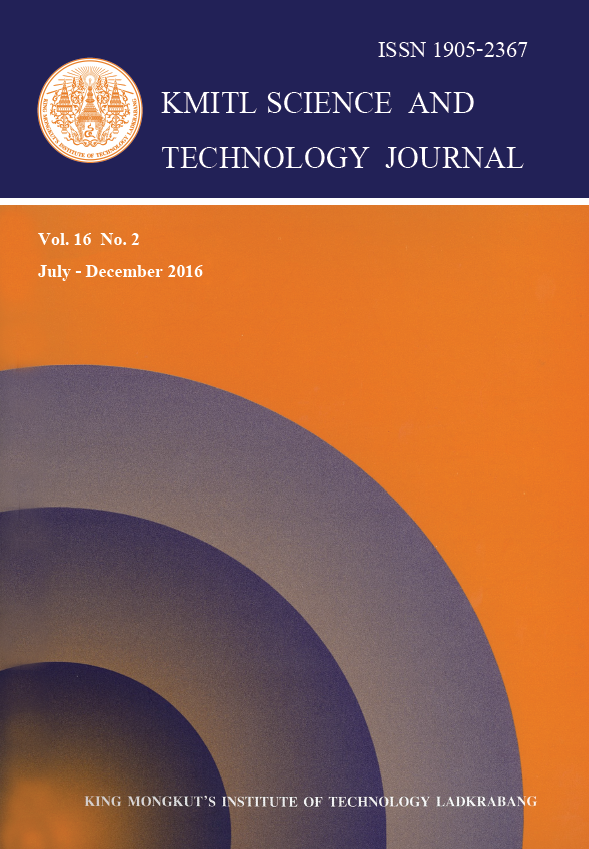Abstract
Genetic parameters play an important role in rice breeding for heterosis. Twenty three rice genotypes in line × tester model, comprising, three CMS lines; five testers and fifteen crosses were used to study the genetic of allelopathic activity, yield and related characters, all recommended agricultural practices were applied as usual for the ordinary rice field during seasons 2014 and 2015. Some crosses had high percentage of allelopathic activity as follow; IR69625A × Rikuto norin 22 and IR69625A × Giza 179, with values of 87 and 85%, respectively. The varieties Rikuto norin 22 and Giza 179 exhibited the highest activity against E. crus-galli. The obtained results referred to high genetic effect controlling studied traits. The dominance genetic variances playing the major effect in the inheritance of weed control more than additive variance. The activities of POD from the samples of rice leaves were higher than those from rice roots. A potential allelopathic Rikuto norin-22 showed 0.20 OD470·g-1 FW·min-1 activity of POD in the leaf parts, but significantly reduced 0.12 OD470/g FW/min in the roots. Among the five testers of rice, the potential allelopathic rice cultivars; Rikuto norine-22, HR 195 and Giza 179 showed stronger activities of POD than non-allelopathic varieties, Sakha 103 and Giza 178, in their leaves. The bands of EST isozyme were varied among the five varieties of rice, allelopathic rice variety, Rikuto norin-22, had six bands (as numbers) of A, B, C, D, E and F. Allelopathic rice variety Giza 179 had five bands of A, B, C, D and F. The EST of C was the characteristic brand of both allelopathic rice cultivars. However, the non-allelopathic rice cultivars had much less concentration of EST isozyme, it was absent in Sakha 103, the non-allelopathic rice cultivar. So, Potential allelopathic rice had greater activity of peroxidase isozyme and more spectrum bands of esterase isozyme than non-allelopathic rice varieties.
Keywords: rice, allelopathy, peroxidase, esterase, additive, dominance, heritability
*Corresponding author:
E-mail: elgamal.rrtc@gmail.com
Shamey, E. A. Z. E. ., Sayed, M. A. A. E. ., & Elgamal*, W. H. A. . (2018). Genetic Studies on the Relationship between Isozymes and Allelopathic Activity in Hybrid Rice. CURRENT APPLIED SCIENCE AND TECHNOLOGY, 60-69.

https://cast.kmitl.ac.th/articles/129866